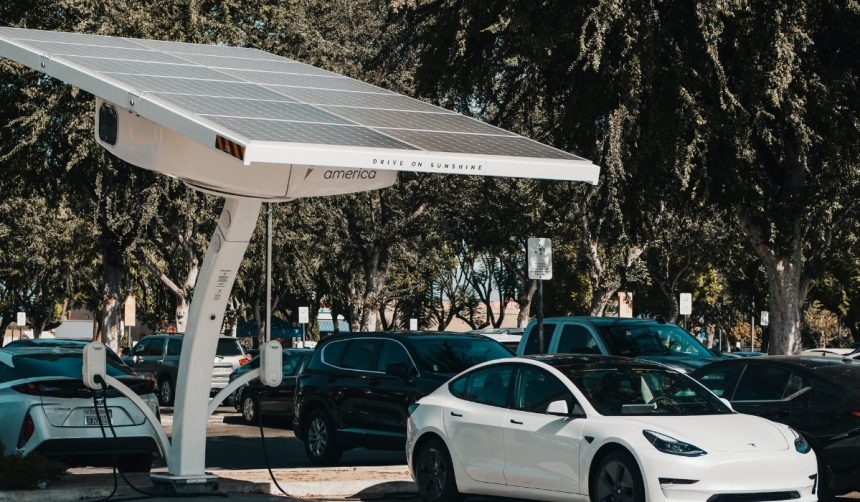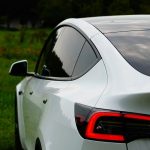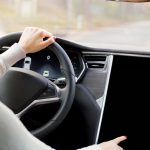Tesla owners frequently cite persistent challenges with their vehicle’s Full Self-Driving (FSD) system, specifically regarding the central windshield camera that enables Tesla Vision’s advanced driver assistance. Users often experience interruptions to FSD features due to alerts about camera obstruction, largely attributed to condensation buildup inside the housing at the top of the windshield. The issue, while less discussed than more publicized hardware faults, has frustrated owners who find quick cleaning only temporarily resolves the problem. Product maintenance expectations have not sat well with some users, especially when repeated service visits have failed to produce lasting fixes. As Tesla continues to emphasize innovation and usability, how it addresses such recurring inconveniences draws attention from both customers and industry observers.
Reports from earlier this year reflected ongoing customer complaints about the Cybertruck and Model Y experiencing similar FSD camera visibility problems. While Tesla previously recommended manual cleaning as the primary remedy, owners expressed disappointment at the frequency and persistence of alerts, as well as mounting service appointments. Earlier reports speculated on the possibility of hardware design modifications or improved camera housing, but no official confirmation or product rollout schedule emerged at that time.
Why Are Tesla Cameras Facing Obstruction Issues?
The central windshield camera, integral to FSD functionality, is encased in a housing vulnerable to environmental factors such as humidity and condensation. When opaque films develop on the lens surface, the camera’s vision is hindered, which disables the Full Self-Driving feature and prompts warning messages for the driver. Although cleaning the camera housing alleviates obstructions temporarily, the frequency of these incidents points to a broader concern about the durability and resilience of current component designs in the Tesla Cybertruck and across the lineup.
What Is Tesla Doing to Solve the Problem?
Tesla CEO Elon Musk publicly acknowledged the concern on X (formerly Twitter), stating:
This is a major area of focus
Tesla’s leadership has indicated that long-term solutions are a top priority, and discussions with affected owners highlight the urgency around improving camera reliability. Reports suggest initial solutions may require hardware upgrades or sealed components, but the company is also known for leveraging over-the-air software updates to address technical issues remotely.
Will a Fix Restore Full Self-Driving Reliability?
Owners have expressed mixed feelings about possible remedies. While some hope for a speedy resolution, others remain skeptical after experiencing repeated service appointments and camera replacements without lasting improvements. Tesla has not released a definitive timeline for deploying hardware or software fixes, but ongoing feedback channels remain open between the company and the affected customer base. Owners like @Michael46116047 shared their frustration:
Constantly fighting mine. Every single time I use FSD it shows me an image and tells me the camera is dirty and needs to be cleaned and yet it’s not dirty and has been cleaned. I’ve had it into Tesla six times. Had the camera even replaced. Still happening. It’s frustrating
The recurrence of FSD camera problems in Tesla’s vehicles continues to highlight the challenges associated with integrating advanced autonomous technology with traditional automotive hardware. While Tesla has publicly addressed customer concerns and prioritized resolving the issue, persistent feedback indicates that interim solutions may not suffice. Consumers interested in advanced driver-assist features should weigh the convenience of technologies like Tesla Vision and Full Self-Driving against the current reliability of supporting hardware. In the meantime, regular maintenance and monitoring of the camera’s condition remain necessary. For owners, keeping up with Tesla’s official communications and promptly addressing system alerts can help mitigate operational disruptions until a permanent fix is widely available.










